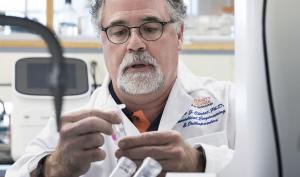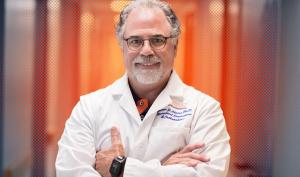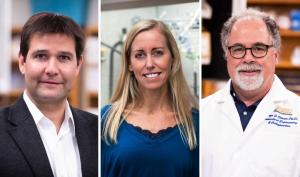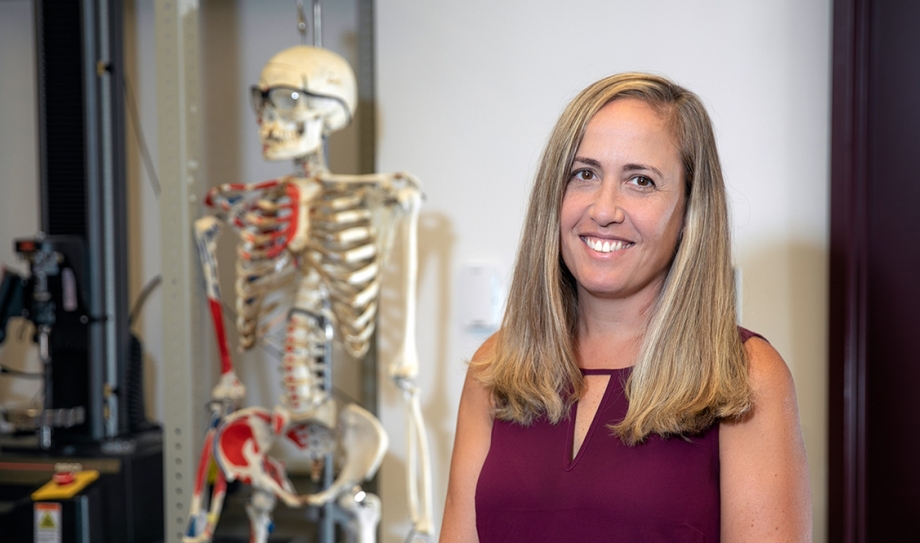Christ is not simply interested in developing a system for regenerating muscle tissue. His goal is to create one that functions and behaves like the tissue the system replaces.
For this, he is relying on the expertise of BLEMKER, A PROFESSOR OF BIOMEDICAL ENGINEERING AND MECHANICAL AND AEROSPACE ENGINEERING AT UVA and a specialist in finite element modeling of muscle tissue. Blemker will use the massive data set collected to build multiscale models that connect volume, structure and material properties to force generation.
“The computer models make predictions that help design the most meaningful experiments to be performed in cell, tissue and animal model systems,” Blemker said. “The models also provide critical insight into the outcome of experiments, providing mechanistic information, which is exciting and beneficial.”
Blemker’s work will provide the team with an improved understanding of functional deficits associated with a muscle loss injury and the characteristics of regeneration needed to recover the function, Christ said.
“In other words, it gives us an objective standard for evaluating our results across multiple potential muscle injuries and many therapeutic solutions and possibilities,” he said.
Christ will also be turning to another UVA colleague, SHAWN RUSSELL, AN ASSISTANT PROFESSOR OF ORTHOPEDIC SURGERY AND MECHANICAL AND AEROSPACE ENGINEERING AT UVA. Russell will provide further insight on the impact of these treatments on gait and range of motion. Functional regeneration must not only improve the force of contraction but also restore more natural movement.
[Professor Silvia Blemker's work] gives us an objective standard for evaluating our results across multiple potential muscle injuries and many therapeutic solutions and possibilities.
- GEORGE CHRIST, PROFESSOR OF BIOMEDICAL ENGINEERING AND ORTHOPEDIC SURGERY



